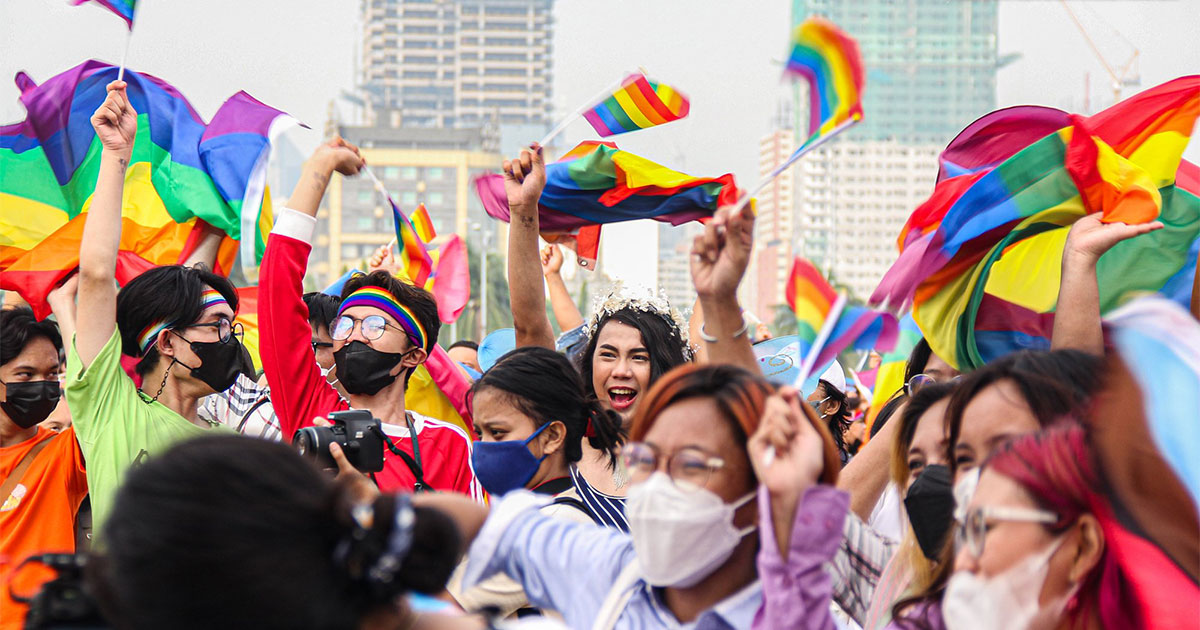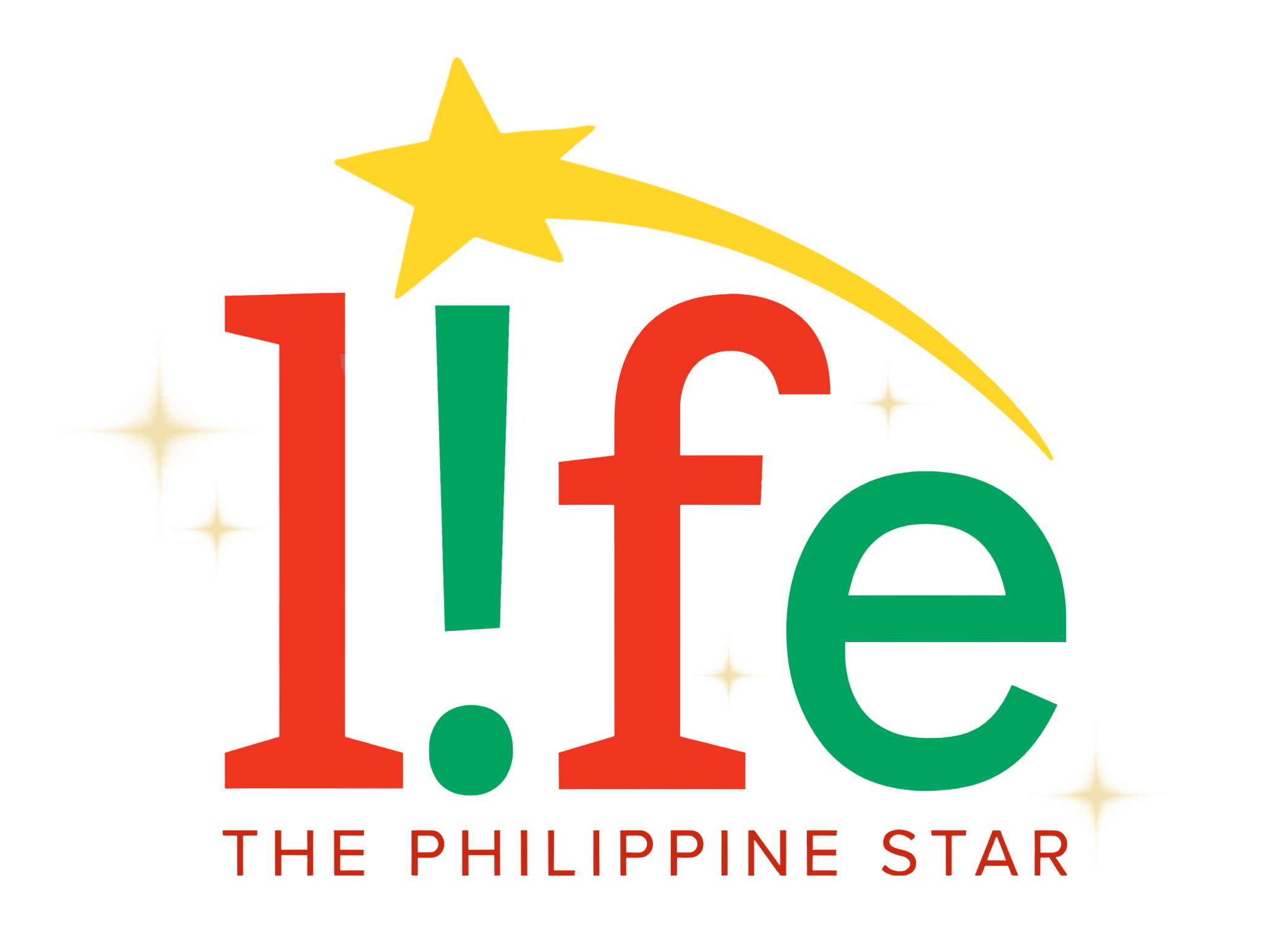Gen Z’s queerness is not contagious
Every week, PhilSTAR L!fe explores issues and topics from the perspectives of different age groups, encouraging healthy but meaningful conversations on why they matter. This is Generations by our Gen Z columnist Angel Martinez.
“Do you have any plans for this Saturday, ma’am?”
Not exactly the kind of question I expected from my Grab driver, as we made a sharp turn into the bustling, busy Elliptical Road. But I shrugged politely, nevertheless. “Well, don’t make any,” he suggested to me in Filipino, pointing out the window with his lips the way only we would.
The street lights surrounding the Quezon Memorial Circle were strewn with streamers about the upcoming Pride March that weekend. “The gays will be all over the place, it will be so hard to get around,” he said to no one in particular, this time. “They’re just multiplying, it’s like their gayness is spreading.”
This throwaway remark would stick with me for years, but resurface on Facebook comment sections, in conservative forums, in conversations between older family members. The wording would differ, but the sentiment remains: that homosexuality is contagious, and that the upward trend we see today is the closest we have to a modern epidemic.
Such a misconception takes root in the social contagion theory, which purports that exposure to even mere allusions to homosexuality is enough to destabilize the identity of an otherwise “normal” child.
Statistically speaking, it’s true that there are more members of the LGBTQ+ community than ever before. Last 2024, Gallup published that Gen Z is our queerest generation yet, with about 20% of respondents in the United States identifying somewhere under the broad umbrella. Ipsos backs this up with findings of their own, with 17% queer Gen Zers on average across 26 countries, compared to 6% of Generation Xers and 5% of Boomers. Though there are no studies of this scale present for a Filipino audience, we can all name someone close to us who identifies as such.

A clear reason for this could be the existence of communities that democratize free speech and encourage self-discovery. “There’s this ‘mediatization’ I’ve observed in society, where those belonging to Gen Z can easily access discourse and information that can aid with their identity development, through the internet,” Dr. Randy Solis, chair of the University of the Philippines Diliman’s communication research department, explains to PhilSTAR L!fe. Meanwhile, Boomer and Gen X counterparts were likely “forced to subscribe to heterosexual impositions or reject their true identity, because they did not have these affordances.”
Positive representation may also be a factor: Although gay characters have been a fixture of Filipino media since the 1970s, they were mostly relegated to comedic relief roles. Today, we enjoy stories that showcase the multifacetedness of the queer experience: some popular examples include the 2016 Metro Manila Film Festival crowd favorite Die Beautiful, indie sapphic love story Billie and Emma, and pandemic-era Boys Love (BL) hit Gameboys.
“When LGBTQ+ persons are portrayed as real people with real feelings and real experiences, it can be empowering for members of the community,” Mark Remington Tan, a lecturer from Ateneo de Manila University’s sociology department with research interests in queer studies, tells L!fe. “For straight folks, this could make them rethink how they’ve interacted with the LGBTQ+ persons in everyday life.”
Skeptics might say that this proves the social contagion theory right. And while we may model the behaviors of those in our direct environment or take cues from the media we consume, this reductive idea doesn’t take into consideration the fact that our ideas of queerness are evolving: that we are discovering more iterations of our identity in the process, rather than mindlessly following some trend and morphing into a monolith. As Hugh Ryan so aptly puts for The Boston Review, “Instead of being groomed into these categories, the youth are redefining the categories to fit their experiences.”
To say that homosexuality is contagious, as if it’s some life-threatening disorder rather than a natural human condition, can be damaging. Unfortunately, Dr Jayeel Cornelio, sociologist of religion at the Ateneo de Manila University, notes that it remains rife in religious spaces, in line with historical and biblical stigmas that consider the LGBTQ+ as the "demonized" other, alongside lepers, women, and the mentally ill. “Recently, in my own research, we encountered gay and bisexual men who used to serve as acolytes in their parishes, eased out for fear that their sexuality would spread. Who said that? No less than the parish priest,” he shares with L!fe.

Creating this rift between the “sick” and the self-proclaimed “healthy” causes an avoidance that Tan says leads to ignorance. “This lack of interaction makes room for more misinformation to seep through, further deepening the division,” he explains. Solis backs this up, saying that the idea of contagion “associates gay men with sexual predation, or dismisses gayness as cultic brainwash.”
Once again, the religious sector finds themselves guilty of this, even when they claim to love the sinner and hate the sin. “This worldview disregards that for many in the LGBTQ+, their gender identity defines who they are: their pains, aspirations, and ethical choice to be in solidarity with fellow queer people,” Cornelio says.
Changing such archaic societal stigmas, however, should not only rest on the shoulders of the community. Straight allies can find ways to show solidarity without centering themselves in the conversation—on top of supporting the SOGIE Bill that recognizes people's fundamental rights regardless of their sexual orientation and gender identity, we can also be mindful of how we regard and relate to the LGBTQ+. This doesn’t just mean using and remembering their preferred pronouns, but also changing the unconscious perceptions we might have of them. Cornelio’s research, for instance, pinpointed a persistent usage of "salot," "sayang," and "kahihiyan."
Better yet, Tan wants us to explore the idea of not forcing the LGBTQ+ into labels. “By categorizing one person into a specific identity, you potentially deny them the freedom of breaking out of that. For some, their gender and sexuality is something they had to go through or are going through.”
Such open-mindedness would have been unheard of for generations past: the fact that we’re not totally closed off to this is a significant stride in the right direction. But while many enjoy social acceptance and healthy self-expression, there are LGBTQ+ folks who are still hurt and in hiding. This month, and for all those that come after, we fight for the future that awaits them with open arms. Hopefully, it isn’t too far away.
Generations by Angel Martinez appears weekly at PhilSTAR L!fe.




